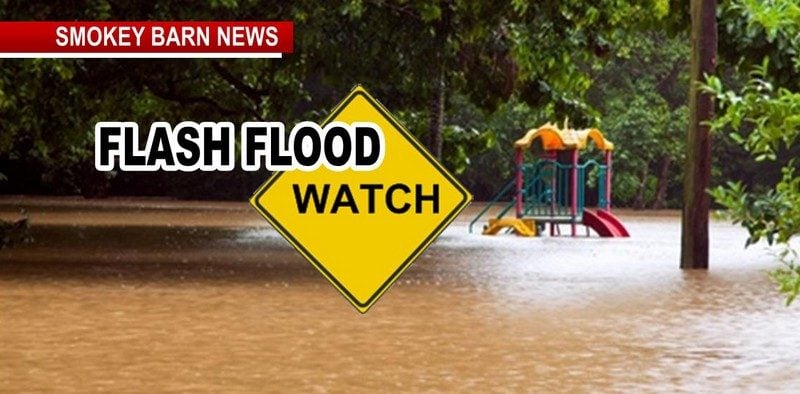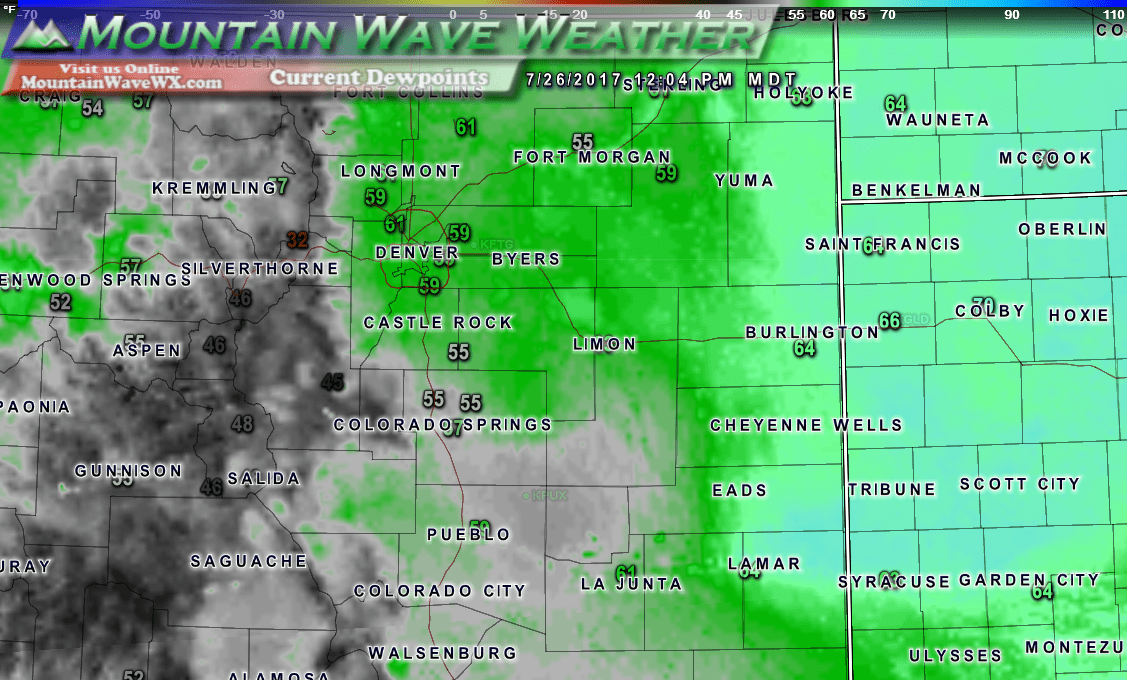

On February 6, 2020, the NWS issued a Flash Flood Emergency for Tazewell County, Virginia due to a major storm moving through the area which caused the Clinch River to rise to its highest crest in 40 years. On September 10, 2017, the NWS issued a Flash Flood Emergency for life-threatening storm surge because of Hurricane Irma in southwestern Florida at the eye landfall. On August 27, 2017, as Hurricane Harvey brought torrential rain to southeast Texas, the NWS issued a "Flash Flood Emergency for Catastrophic Life Threatening Flooding." In addition, some NWS Weather Forecast Offices have instituted an enhanced flash flood warning, referred to as a flash flood emergency (or as termed by the Albany, New York office as a flash flood warning emergency ), which indicates a severe flooding situation in densely populated areas, similar to the procedure for declaring a tornado emergency. Move to higher ground if rapidly rising water is seen or heard.Residents are usually urged to do the following when flash flooding is imminent: įlash floods can also occur because of a dam or levee failure, or because of a sudden release of water held by an ice jam. One is a flash flood watch, which means that conditions are favorable for flash flooding, and the other is a flash flood warning, meaning that a flash flood is occurring or one will occur imminently and is usually issued when there are strong weather radar echoes for an area that is prone to flash flooding. There are two types of alerts for flash floods which are issued by the National Weather Service. It is possible to experience a flash flood without witnessing any rain. Flash floods may take minutes or hours to develop. Most flash floods occur when there is a heavy amount of precipitation falling in an area and that water is then channeled through streams or narrow gullies. Rainfall intensity and duration, topography, soil conditions, and ground cover contribute to flash flooding. A flash flood is a sudden, violent flood after a heavy rain, or occasionally after a dam break. If you start to feel sick, dizzy, or weak, get to fresh air right away – do not delay.A flash flood warning ( SAME code: FFW) is a severe weather warning product of the National Weather Service that is issued by national weather forecasting agencies throughout the world to alert the public that a flash flood is imminent or occurring in the warned area. Carbon monoxide can’t be seen or smelled, but it can kill you fast.

Gasoline, propane, natural gas, or charcoal-burning devices should never be used inside a home, basement, garage, tent, or camper – or even outside near an open window. Throw away wet materials that can’t be repaired or dried. When it is safe to return home, completely dry everything, clean up the mold and make sure you don’t still have a moisture problem.

Check with your local public health department about drinking water safety. Flooding can contaminate drinking water.


 0 kommentar(er)
0 kommentar(er)
